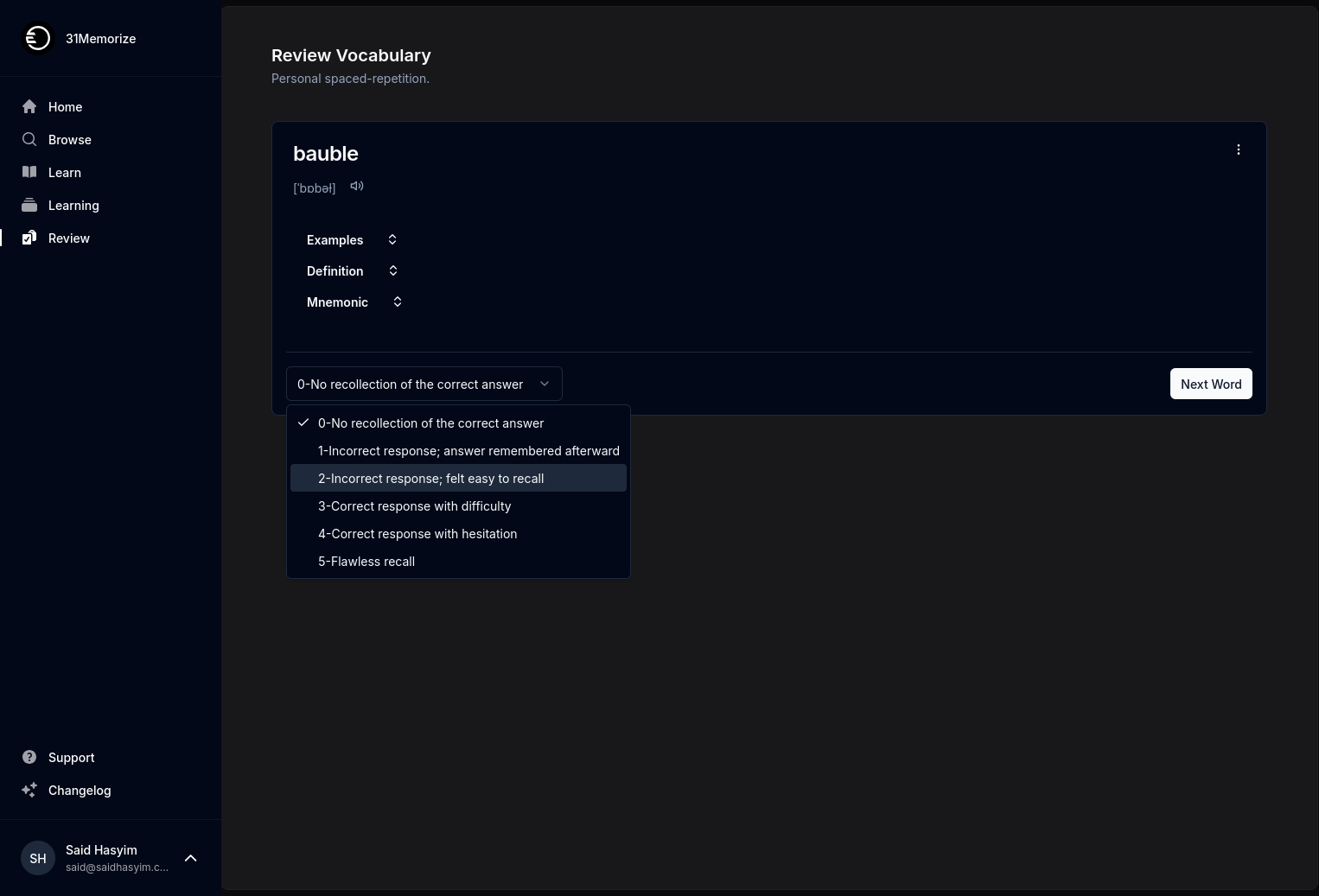The Role of Ratings in Genre Success
In the vast landscape of entertainment, where countless genres vie for audience attention, ratings have emerged as a cornerstone in determining a genre's success. From movies and television shows to video games and literature, ratings serve not only as a scorecard for quality but also as a guiding light for creators and consumers alike. In this blog post, we will explore the multifaceted role of ratings in genre success, examining their impact on audiences, creators, and the industry as a whole.
Understanding Ratings
Before diving into the implications of ratings, it’s essential to understand what they are and how they function. Ratings can take numerous forms, such as numerical scores, star ratings, and viewer votes. Some platforms employ complex algorithms to aggregate user reviews and scores, while others rely on expert critics or a combination of both.
The primary purpose of these ratings is to provide a qualitative measure of a work's appeal and overall quality. High ratings often correlate with increased visibility, encouraging more viewers or readers to engage with the content. Conversely, low ratings can deter audiences, leading to a genre's decline in visibility and potentially impacting its growth.
The Psychological Influence of Ratings
Audience Perception
Ratings have a profound psychological effect on audience perception. Humans are inherently social creatures, and we often look to the opinions of others to guide our decisions. High ratings can create a bandwagon effect, where individuals feel compelled to engage with popular content, fearing they might miss out on relevant cultural experiences. This phenomenon can often lead to a genre's rapid ascent, as trends spread through social networks.
Conversely, low ratings can result in a genre's downfall. A film or show with a poor score may never get the chance to find its audience, regardless of its quality. This "kill or be killed" environment can leave some genres struggling to make a mark, simply because early ratings didn't reflect their true potential.
Polarization and Division
Ratings can also lead to polarization within a genre. Highly rated works garner a devoted following, while low-rated projects may spawn backlash or criticism. This division can create an ‘us vs. them’ mentality within fan communities, often overshadowing constructive discussion. Such polarization can also influence future productions, leading creators to chase trends instead of innovating for fear of receiving low ratings.
The Impact of Ratings on Creators
Creative Direction
For creators, ratings serve as both a feedback mechanism and a driving force behind creative decisions. A consistent trend showing high ratings for certain themes or narrative strategies can influence creators to adopt similar approaches in their own work. This phenomenon can lead to a homogenization of content within a genre, as creators chase the elusive "formula for success.”
However, this effect can also lead to innovation. As creatives analyze ratings and audience responses, they can find inspiration to break away from trends and explore uncharted territory. New tropes, narratives, and styles may emerge from creators willing to take risks, driven by the desire to redefine what constitutes a successful genre.
Funding and Support
Ratings often have substantial implications for the funding and support a project will receive. High ratings can attract investors, as well as entice networks and platforms to renew shows or fund sequels. Well-rated franchises have the added advantage of becoming cross-platform ventures, expanding into merchandise, spin-offs, or adaptations.
Conversely, low ratings can place projects in jeopardy. Series facing cancellation may quickly lose not just visibility but also the financial backing necessary for future productions. This cyclical dependency shapes not only the success of individual works but also the longevity and evolution of entire genres.
The Industry Perspective
Streaming Services and Networks
In the era of streaming, ratings have taken on a new dimension. Streaming platforms rely heavily on data analytics to assess audience engagement, making it easier to track which genres are thriving. These insights can drive algorithmic recommendations, influencing viewer choices and ultimately shaping the cultural landscape.
Networks and streaming services utilize ratings to make strategic decisions about content development. Genres that show consistent viewer interest often receive more financial investment, fuelling their growth and evolution. For example, if horror films flourish with high audience ratings, you'd likely see an uptick in funding for similar projects, leading to further exploration of the genre.
Market Trends and Audience Engagement
Ratings play a crucial role in market trends and audience engagement. High ratings in certain genres may prompt an influx of similar content, while genres consistently receiving low ratings may struggle to secure funding and viewership. This dynamic not only impacts current projects but also shapes the future of other related genres.
Current market trends indicate a growing appetite for niche genres that cater to specific audiences. Ratings can help identify these pockets of interest, giving creators the green light to explore ideas previously deemed too risky. This blend of data-driven insights and creative exploration can lead to exciting developments within the industry.
The Conclusion: Ratings as a Double-Edged Sword
In conclusion, while ratings undoubtedly serve as an essential tool in gauging and promoting genre success, they can also create challenges for both creators and audiences. While they can guide viewers toward high-quality content and help creators secure funding and support, they can also stifle creativity by leading to formulaic productions and polarization.
Navigating the delicate balance between commercial viability and artistic integrity is crucial for the health of any genre. The key to a genre's lasting success lies not only in high ratings but also in a willingness to innovate, experiment, and embrace diverse storytelling. In the end, ratings may have a significant role in shaping genre success, but they should always be viewed as a starting point for conversation and exploration rather than a definitive measure of quality.
As we forge ahead in a world rich with diverse narratives and genres, it is vital to remember that ratings are but one piece of a larger puzzle—one that requires thoughtful consideration and a passion for storytelling.
